Note: Although the paperback is available I found the kindle/ebook version more suitable for my budget so that’s what I’m basing my review on.
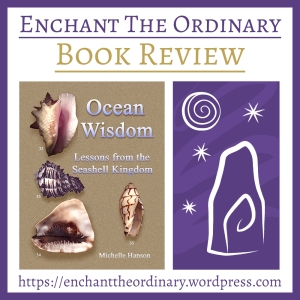
Ocean Wisdom is a book about the spiritual and healing messages of Seashells, written by Seashell reader Michelle ‘Shelley’ Hanson. Having always loved Seashells and having amassed a large collection, Michelle eventually started to work out their spiritual messages. Eventually she created the Ocean Oracle, a 200 card Shell oracle with accompanying guidebook. Following the success of the set she was guided to deeper meanings of certain Shells, and some of these are explored in Ocean Wisdom.
The first section of the book focuses on the lessons of 28 different Shells split into themes. It’s fascinating to learn a bit about not only the Shells themselves but also the creatures who inhabit them in life. Michelle weaved together these two themes as well as bits of historical reference to create a picture of the deeper messages these Shells bring forward.
I found the second section, which focused on Abalone, particularly interesting. Michelle came across Abalones with different numbers of holes and came to believe the number of holes reflects the Chakra the Shell can help with. Through personal, client and peer healing work her theory seemed to play out. However, when she came across Abalones with more than 7 holes she was at first disheartened, but ended up finding they corresponded to further Chakras and deeper levels of spiritual inner healing and integration work.
The third section of the book is the only one I found a bit challenging when the author expressed certain beliefs. Michelle has done A Course In Miracles and subscribes to the belief that our thoughts can affect our health – while to some degree our mental health can affect our physical health, I do not personally believe that all ailments stem from thought patterns. This and the talk of Indigo Children may seem too New Age for some readers, so just take what resonates and leave what doesn’t if you decide to read the book yourself.
The final section is a written guided meditation working with certain Shells to find answers and deeper messages to help on your personal journey.
I really enjoyed Ocean Wisdom. It’s a lovely insight into the messages of certain Seashells, and also how they can help us to heal and become aware of things we didn’t realise were affecting us. It’s approachable, engagingly written, and opens the door for further exploration as well as personal healing. Aside from the potential minor issues with the third section (mentioned above), the only downside of getting the kindle version and reading it on an e-ink device is that the photos of the Shells at the back of the book don’t really stand out in monochrome. On a phone or with the paperback you will obviously get the full colour experience.
I would recommend this book to those interested in Seashells, conchomancy and Shell reading, to water witches, sea witches, and anyone with an interest or curiosity in learning more about our Seashell friends.
—
Side note: Out of interest I got out my two Abalone Shells and found I have 5 and 6 hole ones. According to Michelle’s theory these correspond to the Throat and Third Eye Chakras; very appropriate for spiritual lessons I’m having to work through and integrate based on things I’ve gone through the last few years. I’ve decided to keep my Abalone friends out on my altar area for now to help me on my healing journey.
© Michelle Thereze, Enchant The Ordinary, June 2023
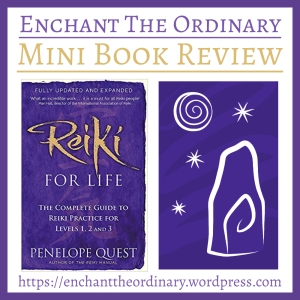
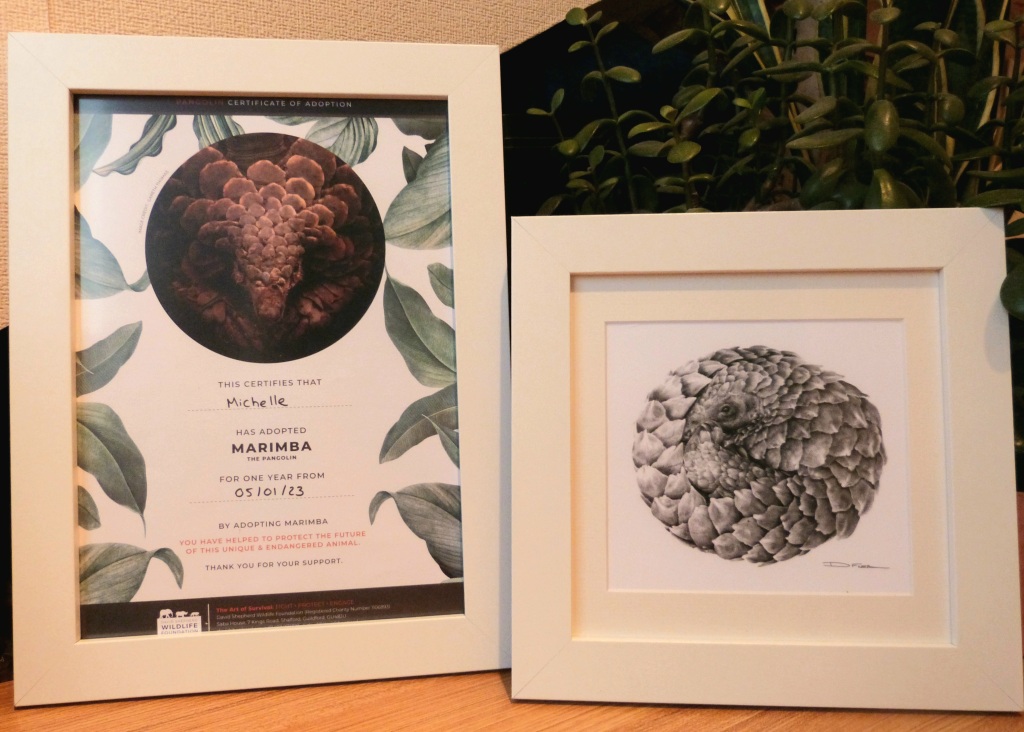
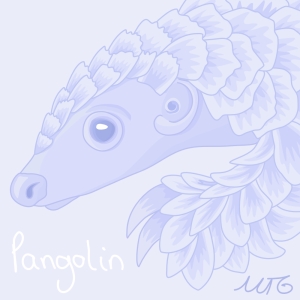
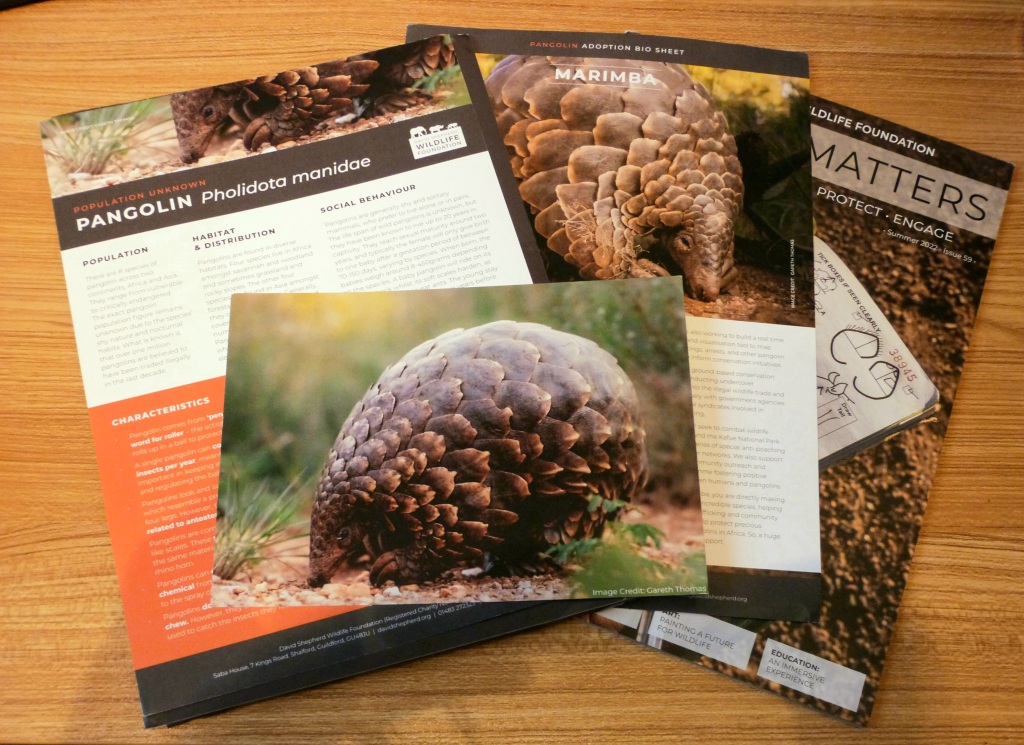
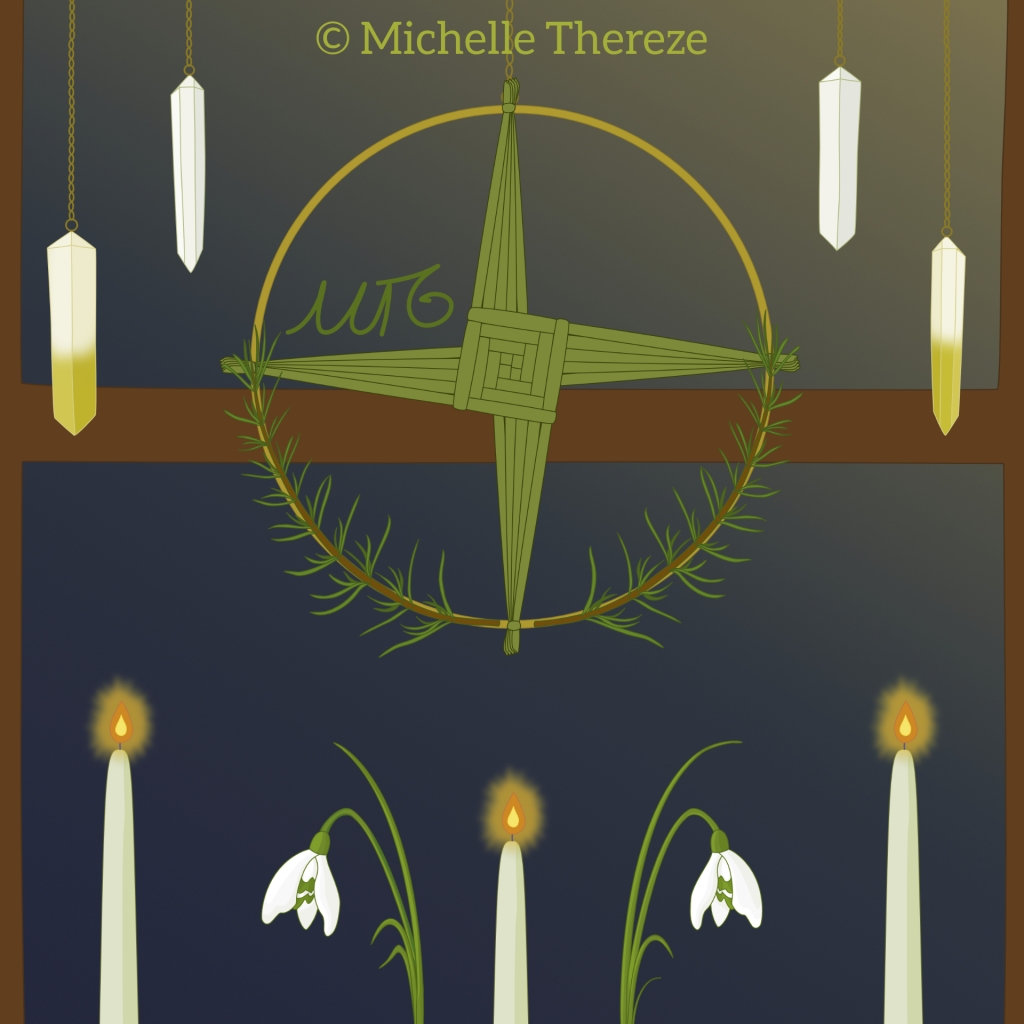
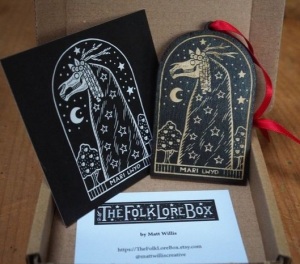
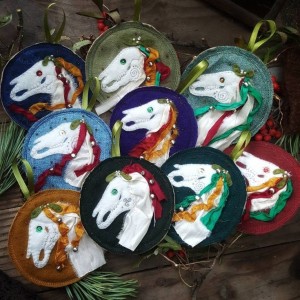
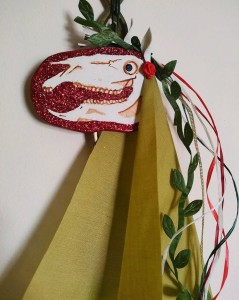

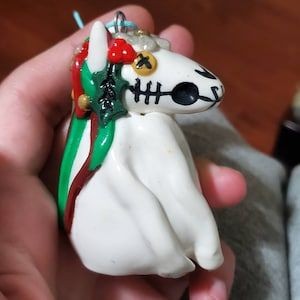
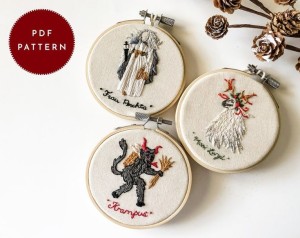
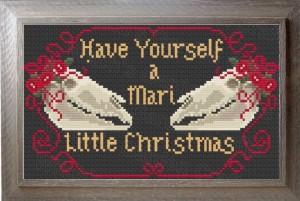
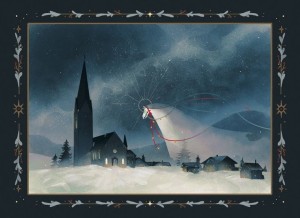
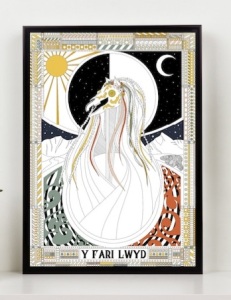

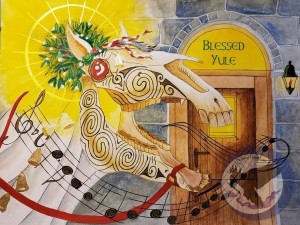
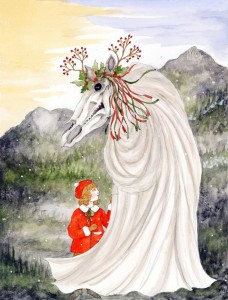
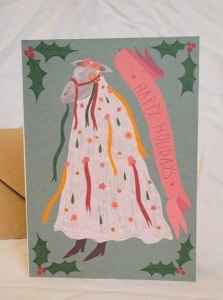
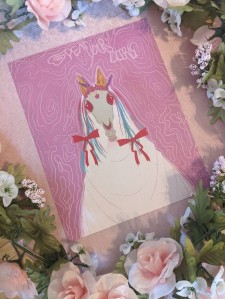
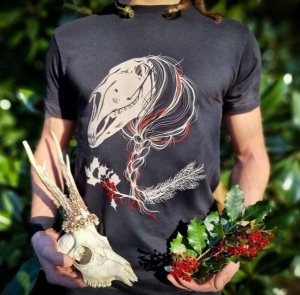
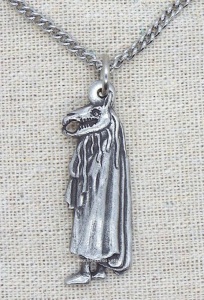

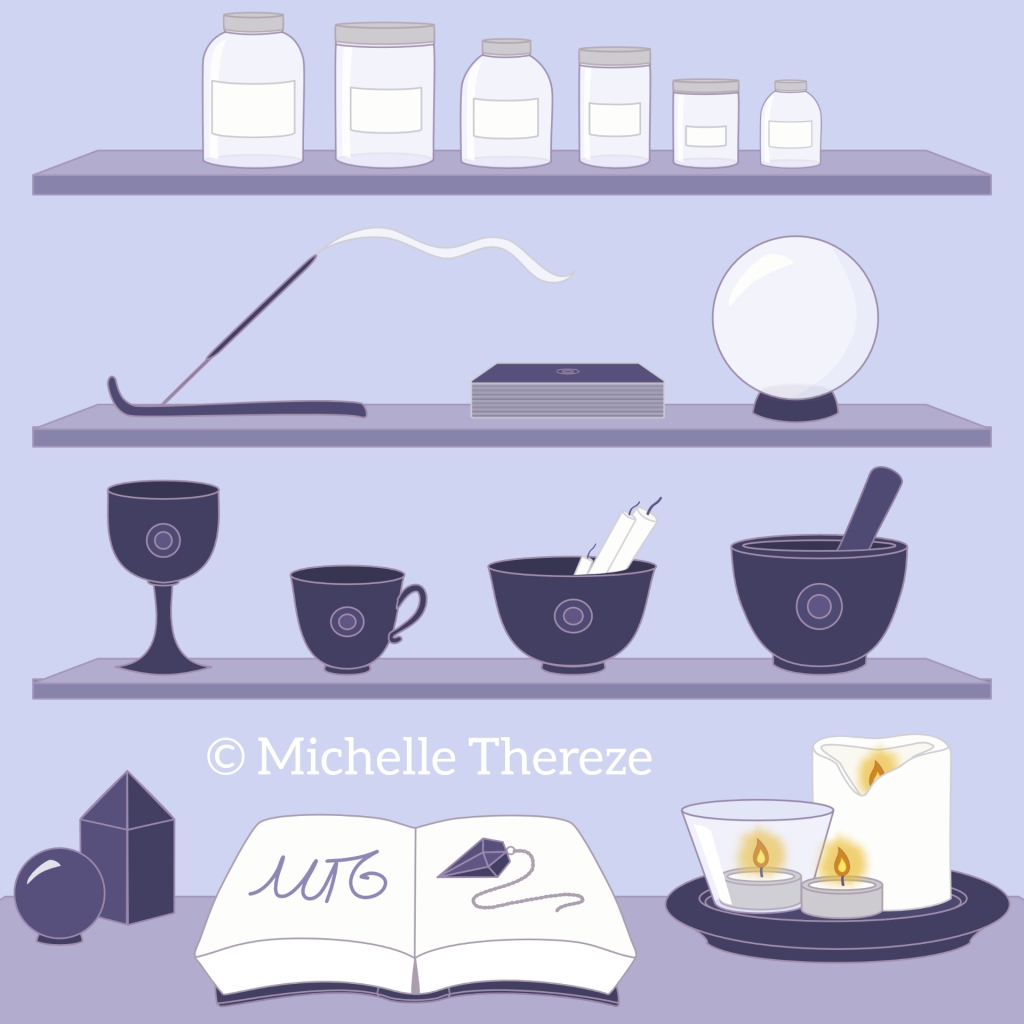
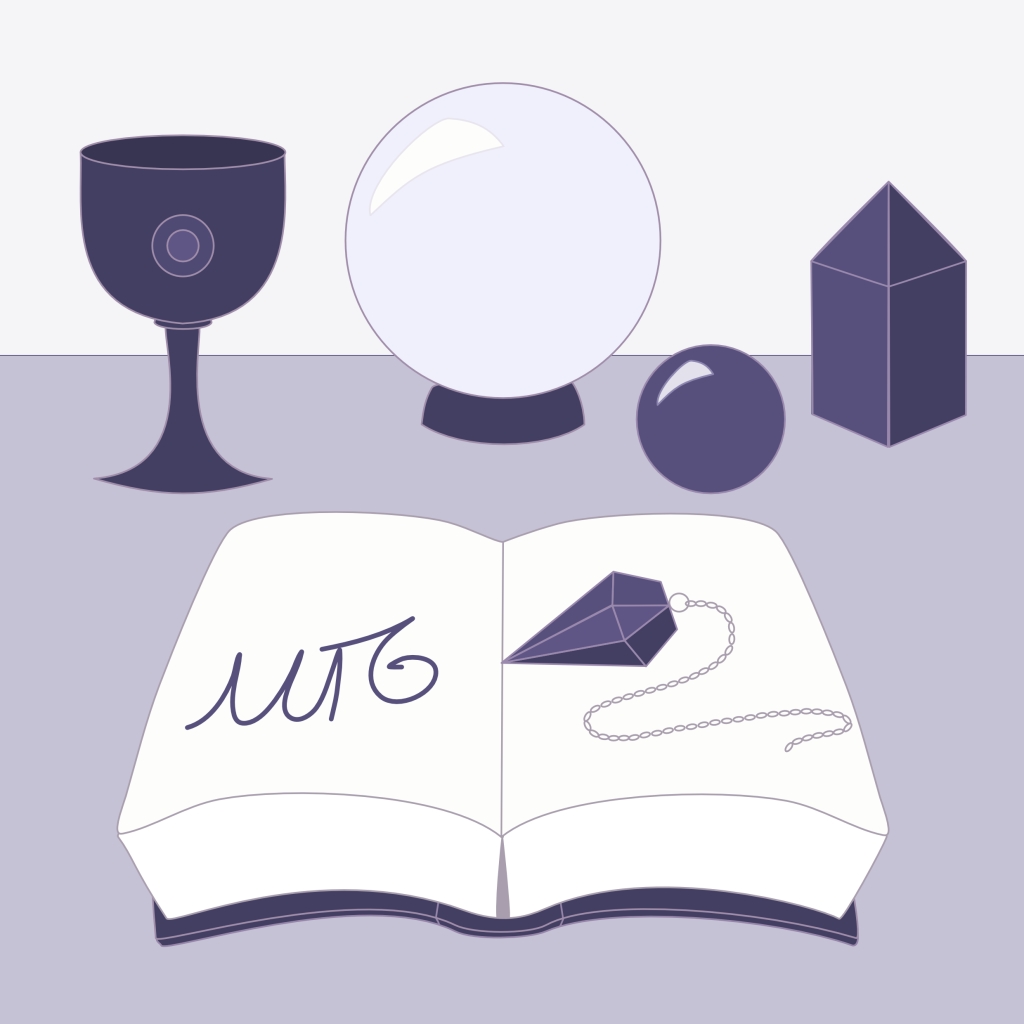


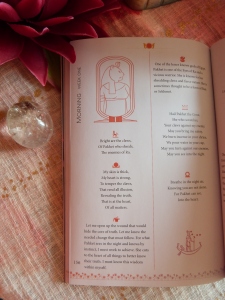
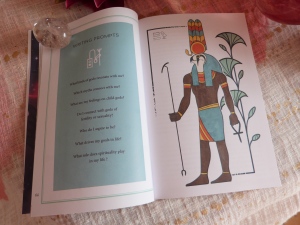

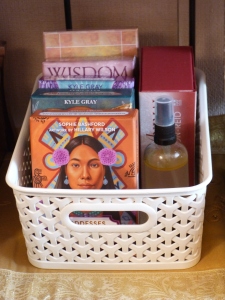
You must be logged in to post a comment.